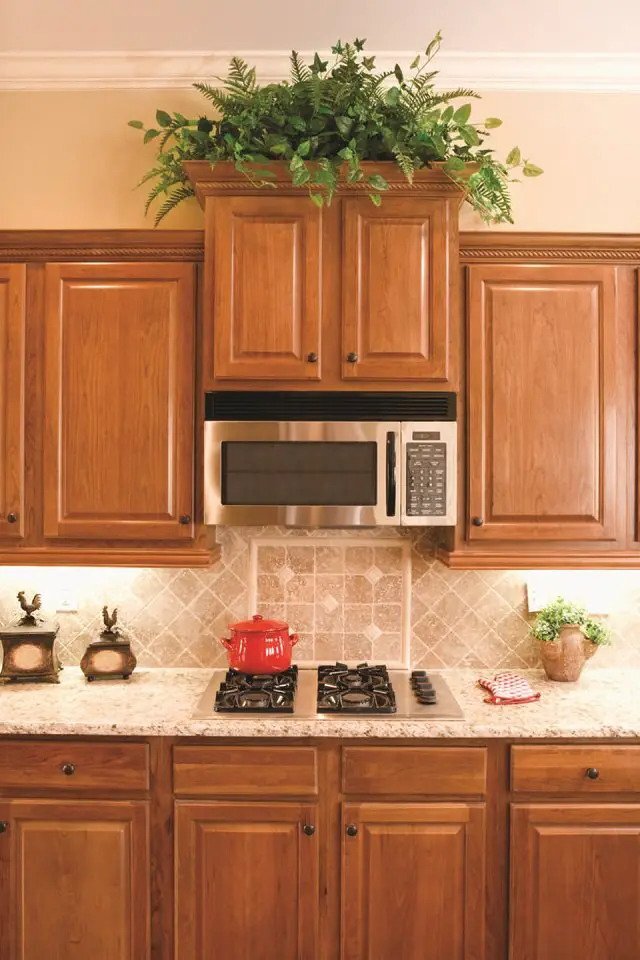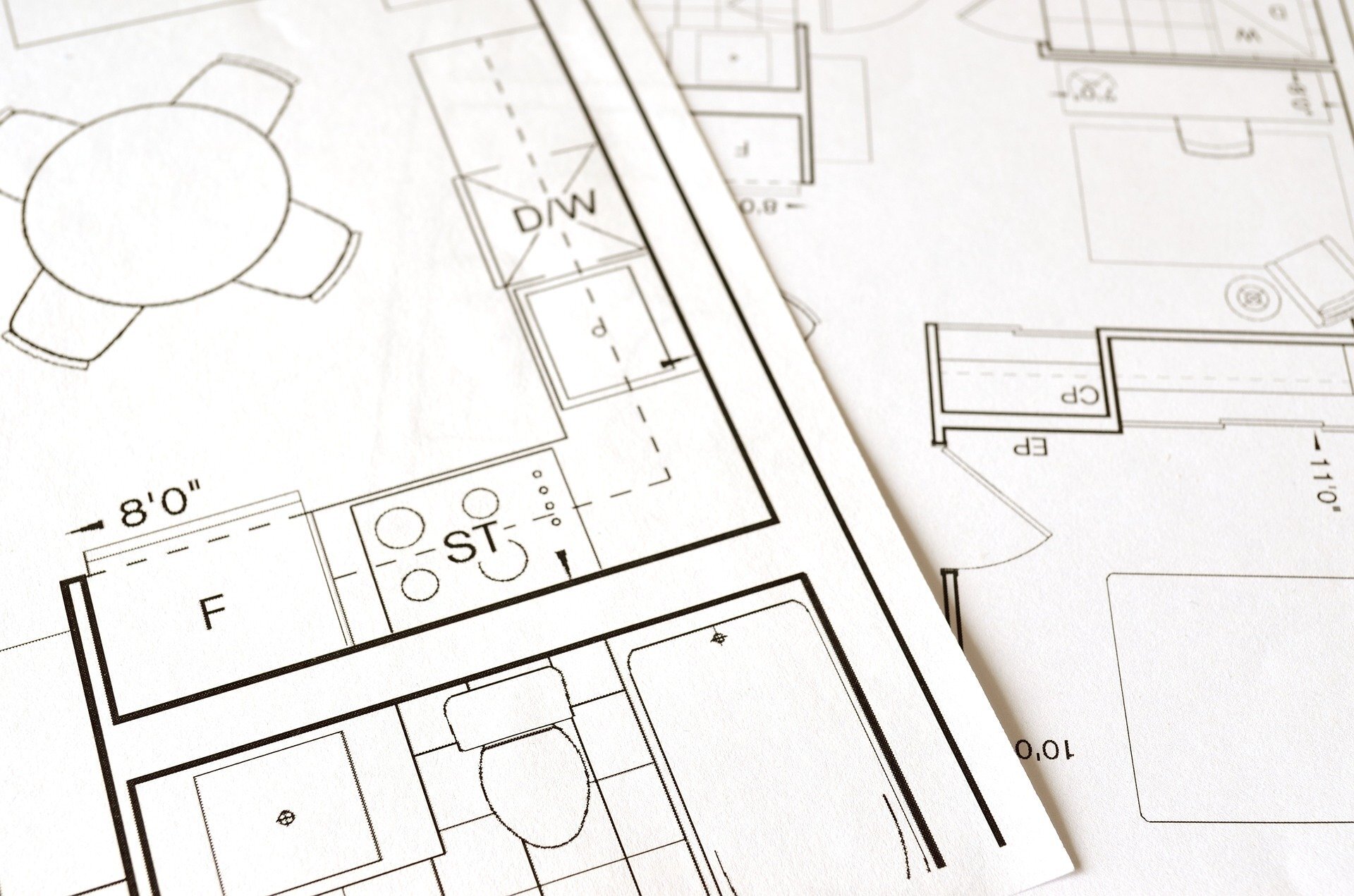Welcome back to our Kitchen Renovation series! If you missed parts one (creating the game plan) and two (inspiration, features and layout) , not to worry! You can find them here and here. Don’t worry, we can wait.
All caught up? Let’s get on with this month’s topic then, The DIY timeline. If you’re the type to get your hands dirty and want to see the project done just right, this post is for you. There’s more to the process than just budgeting and figuring out what you want to do with what you have. Our next step is to plan it out. From experience we can say you DEFINITELY don’t want to try a full kitchen overhaul in one weekend, by yourself or even just with a friend or two. It takes some serious time to get it done right… unless of course this is what you do for a living. If so, have at it! (And tell us how you managed it? Because we are in awe.)
You’ll want to start by looking at what time of year works best. Most people choose to do projects in the beginning of the year rather than the end because of the holidays. You don’t have to do it that way though if that’s your slow season at work. Maybe you’re like our blogger and cannot handle the heat of summer. All of that needs to be taken into account first. From there, think about kids and pets if you have either. If this is a large project, how will you keep them out of the area? Would doing it over school break of some type work?
Grab a drink and your calendar and look at what works best for you and your life. When is there an open time that you can work around. Of course, this is also going to vary on just how large a project you’re doing. Figure out if you can do it in stages, or if you would rather get it all done in one long week (assuming that’s possible.)
Once you have your time blocked out, celebrate! You’ve started the DIY process!
Six months before the start date
Take this time to research what local regulations are and what permits you’ll need. Some communities will require that you pass a test before you take on large scale renovation projects. Get a binder and make a list of all the permits and what not. As you get each of them, put it in here. Keep this binder with you all the time, because everything is going to go into it.
This is also the point when you should be looking through your inspiration board and choosing specifics. Are you replacing your appliances? Nail down the specific brand and who you’re buying it from. Are you painting and tiling? Figure out the exact color names and how much tile you’ll need. That sort of thing.
4 months before the start date
Grab your pencils and draw an accurate floor plan of your kitchen. (You can learn how to make one here with this great site.) Or you can hire a professional to make one for you. Make copies and stick it into your project binder.
Make a list of all of the things you need to either buy or rent, one project at a time, including all the tools, equipment and quantities of materials.
Once you’ve done that, head over to your favorite store and make a detailed budget. Include things like food and dining out if you’ll be doing more of that during the course of the project.
Get all of your permits, and triple check that they are in order.
3 Months before the start date
Source the materials and projects you’ll need, and place an order. Most shops will let you place orders in advance.
2 Months before the start date
Find a place that is both secure and temperature controlled where you can store all the tools and materials that won’t fit into your home. Make two lists. One that you save digitally, and one that goes into your binder. We suggest taking photos as well.
One week before the start date.
Take all of your ‘before’ pictures. We suggest doing two sets. One with everything in the kitchen and then once you’ve cleared out everything. Which of course means, you need to clear the room of everything.
Arrange for pickup and disposal of both old appliances and materials, anything that you’re getting rid of needs to be done so safely.
Make yourself a mini kitchen in another room including a microwave, a mini fridge and either an electric kettle or a coffee maker. If you can’t do dishes in this room, stock up on paper plates and plastic utensils as well.
Shield any connecting rooms, the floor and the air vents with protective covers. Painters tape is your friend doing all of this.
Go over your list of projects and make sure that everything you need is purchased and you know where it is. Also ensure that the projects are in order of how they need to be done if getting one done necessitates another being done already. (Such as getting the new cabinet in before you can put in the new sink and plumbing.)
Check one last time that all of your permits are in order. (We all know of horror stories of wanting to do a project only to find out at the last minute that some permit or another is wrong or missing.)
Go Day!
Work one project at a time and take pictures after you finish each step. (Keep going, you can do it!)
Take breaks and stay hydrated. It’s easy to get overheated and flustered and that’s never any good for you or your team.
When you’ve finished up
Make sure the kitchen has been cleaned thoroughly, including the air vents. Even with the best taping, it’s better to check.
Go through the process of making sure that all of the work you’ve done is up to code, and has passed all inspections that are needed for local regulations.
Scan the warranties and instruction manuals for your materials and products into something like Evernote or OneNote, for easier finding later. (And less mess in the kitchen!)
Go through your binder one last time to make sure that all of your bills have been paid. Make sure to also compare your actual expenses to your original estimated budget. Did you do well? Cheer! Did you go over? It’s ok, chalk it up as a learning experience for the next time you do something like this.
Take a bunch of ‘after’ photos and bask in the beauty of your new kitchen! You did it!
If you’ve gotten this far, congrats! We hope that you enjoyed learning about this process with us. Next month we’ll be taking a look at the process of finding someone to redo your kitchen for you.
If you have any questions, let us know over on our Facebook page. We love hearing from all of you and would love to know what questions you have about your home and appliances.
Don’t forget that if your appliances are giving you any trouble, we’re only a phone call away.((214) 599-0055 ) Our clients in Richardson and the surrounding areas mean the world to us, and if phones aren’t your thing, you can also make an appointment on our website.
















